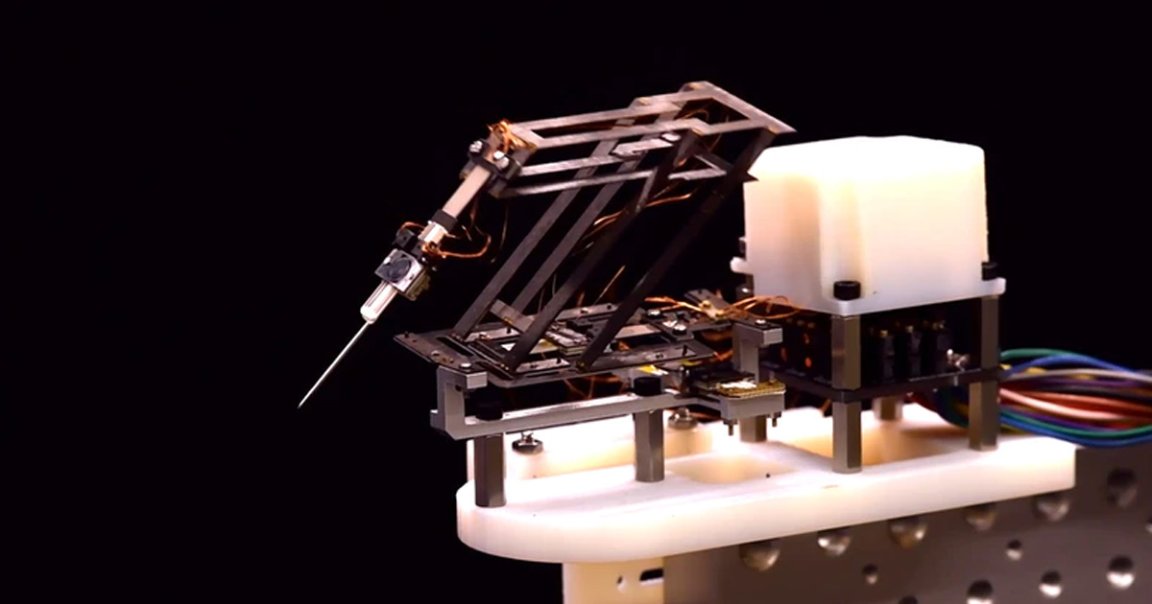
Tiny Surgeon
Researchers at Harvard collaborated with Sony to build a tiny, origami-inspired surgical robot.
The robot is only about the size of a tennis ball and weighs only as much as a penny. And it’s not just tiny: in a study published in Nature Machine Intelligence, the researchers described how it managed to perform a tricky mock surgical task.
The research is part of a greater vision in which surgical procedures are taken over by robots, which offer more precise control than human surgeons.
But so far, these robot surgeons tend to be massive, often almost taking up the entire surgical room. For more detailed work that requires precision, it may be a job for tiny bots.
Scaling Down
The researchers’ tiny robot surgeon can reach its final shape by “popping up” like a novelty birthday card, according to a statement, after being laser-cut out of a special laminated material. Such a complex three-dimensional shape would be otherwise tricky to construct, according to the team.
Three linear actuators allow it to move up and down, rotate side to side, and extend and retract. The tiny actuators themselves are made out of a special ceramic material that changes shape when an electrical field is applied to it. An LED optical sensor makes sure that it knows where to go.
Holding Steady
Early tests showed that the Lilliputian bot had a far “steadier hand” than a human surgeon. It was also far more accurate and less error-prone.
It was even able to successfully puncture a mock retinal vein, only about twice the thickness of a human hair, without causing damage.
READ MORE: Harvard and Sony built a tiny surgery robot inspired by origami [Engadget]
More on robot surgeons: Watch a Surgery Robot Operate on a Jack-o’-Lantern